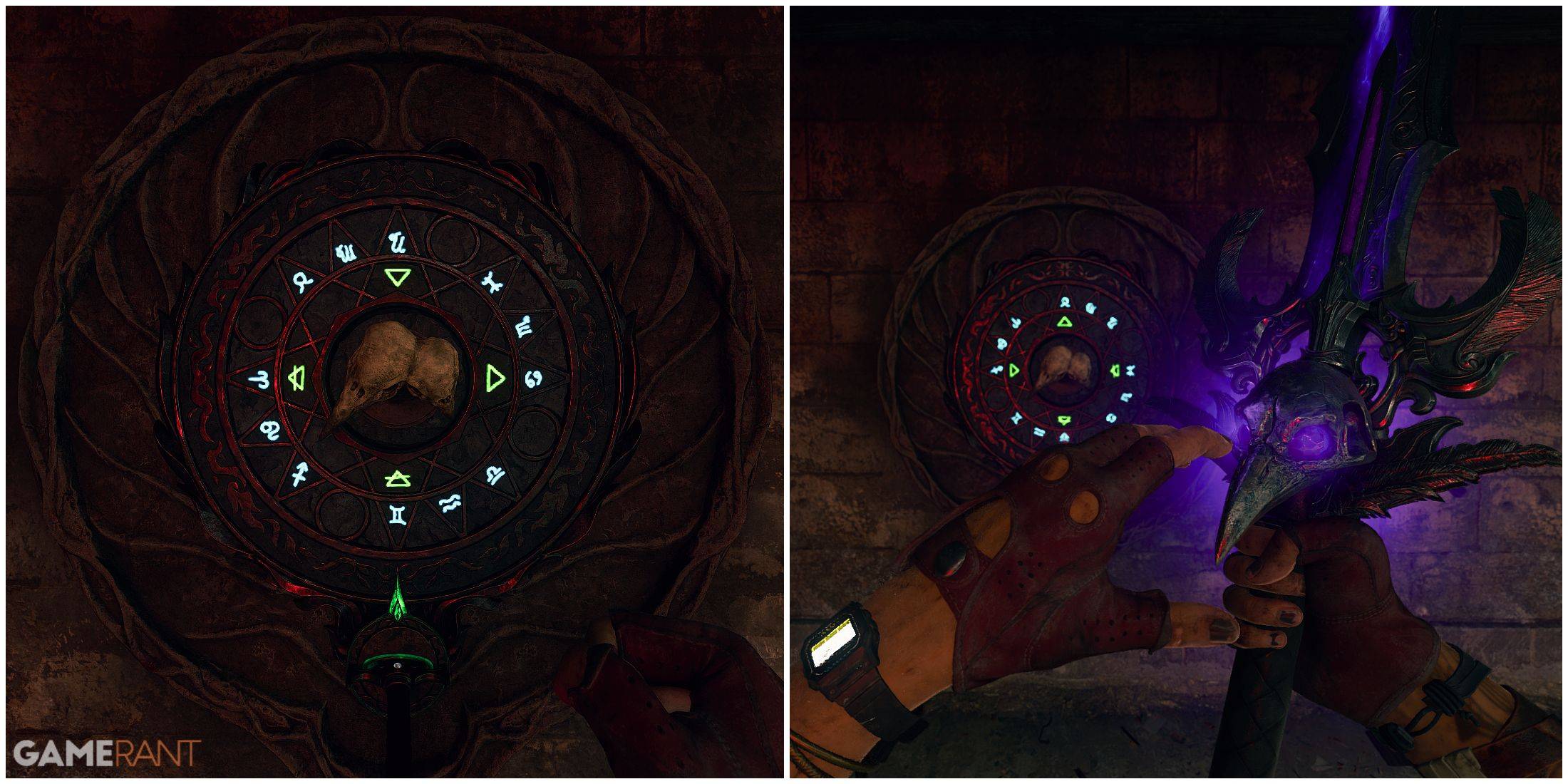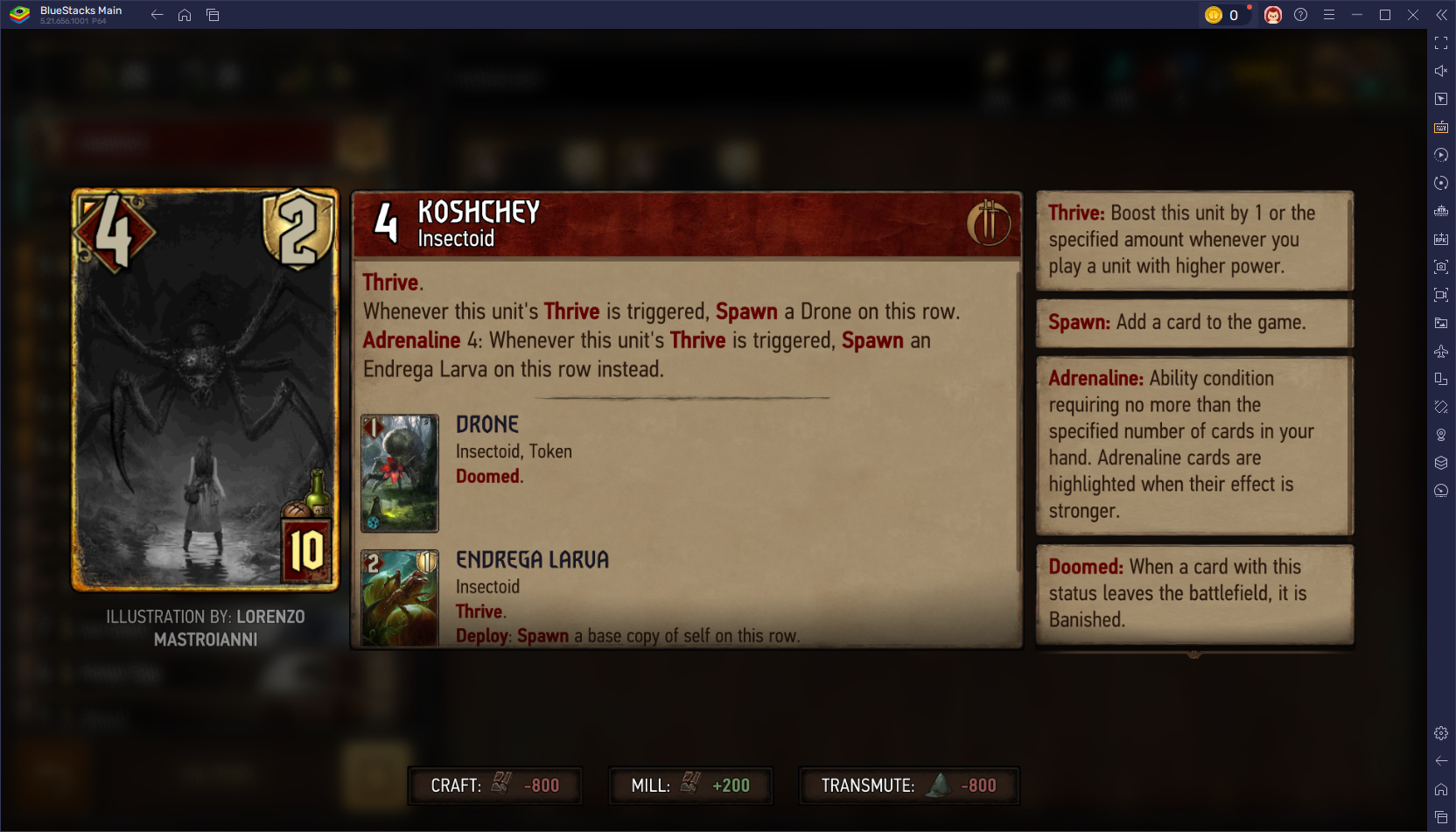Lenovo Legion Go S Review
- By Natalie
- Mar 14,2025
Handheld gaming PCs have exploded in popularity, largely thanks to the Steam Deck. Following suit, major PC manufacturers are releasing their own versions, and Lenovo's Legion Go S aims for a closer comparison to the Steam Deck than its predecessor. Unlike the original Legion Go's detachable controllers and numerous buttons, the Go S boasts a unibody design for streamlined usability. A SteamOS version is slated for later this year, making it the first non-Valve handheld to run this OS natively. However, this review focuses on the Windows 11 model, which, at $729, faces stiff competition.
Lenovo Legion Go S – Photos
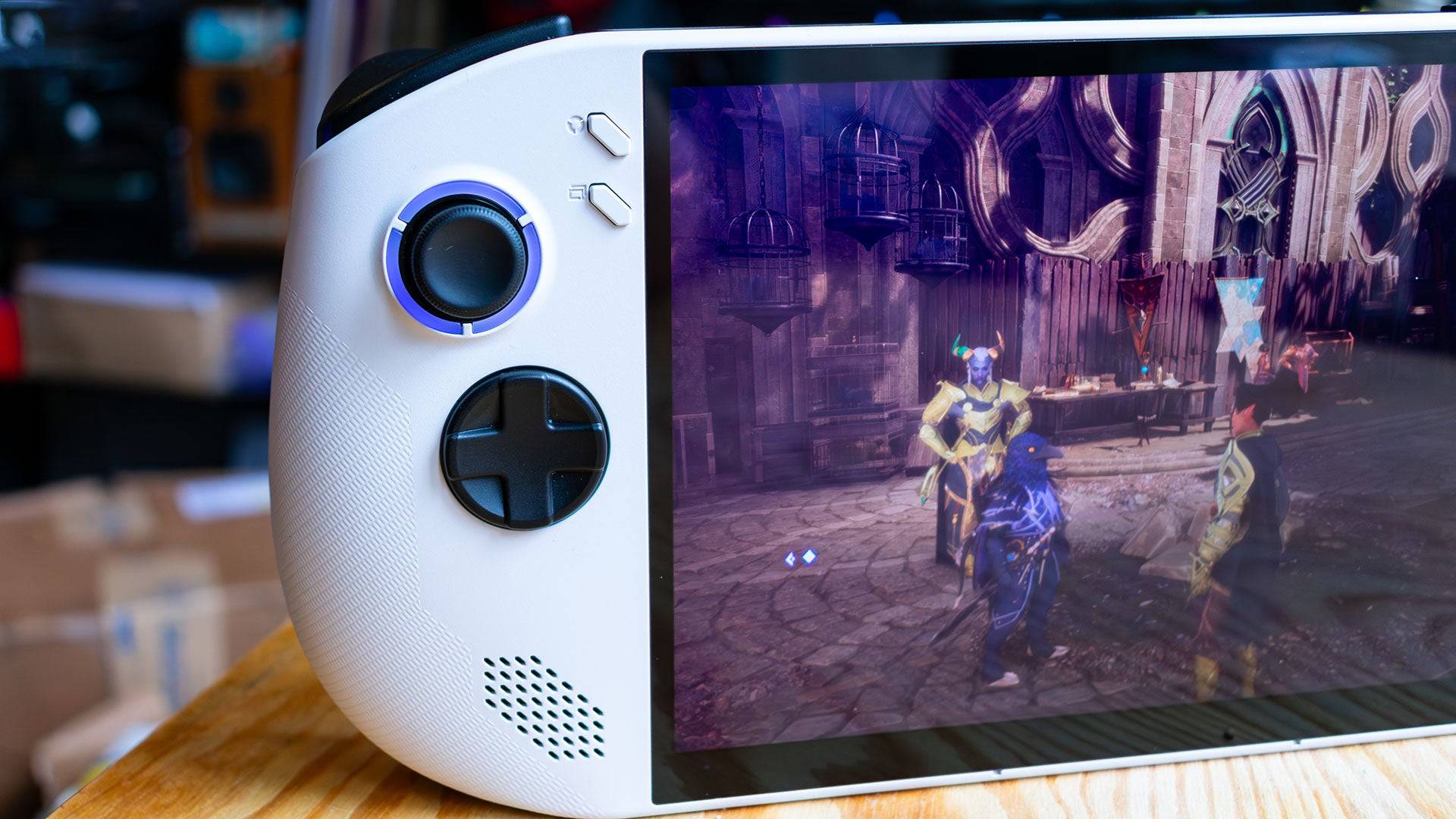
 7 Images
7 Images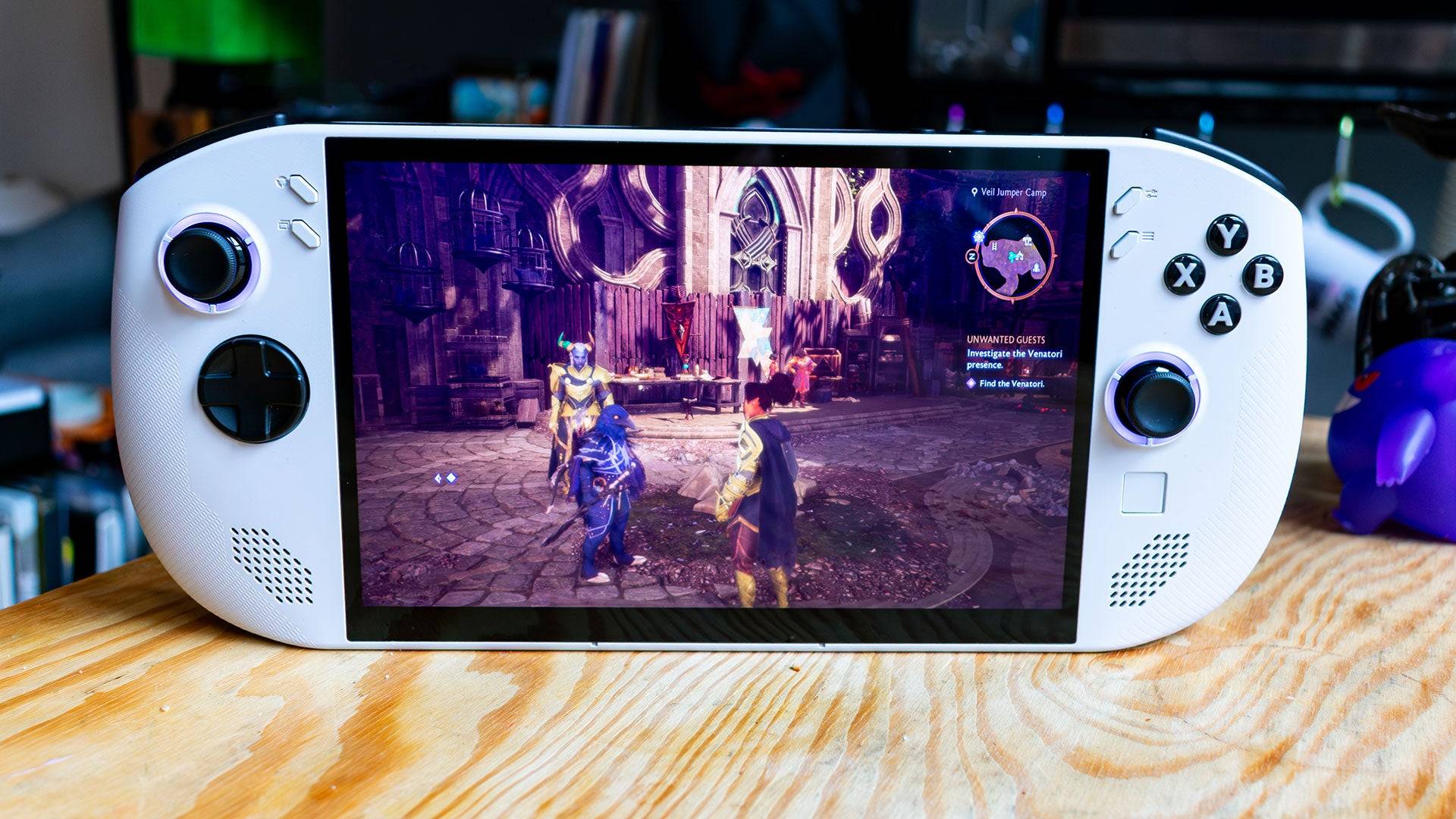
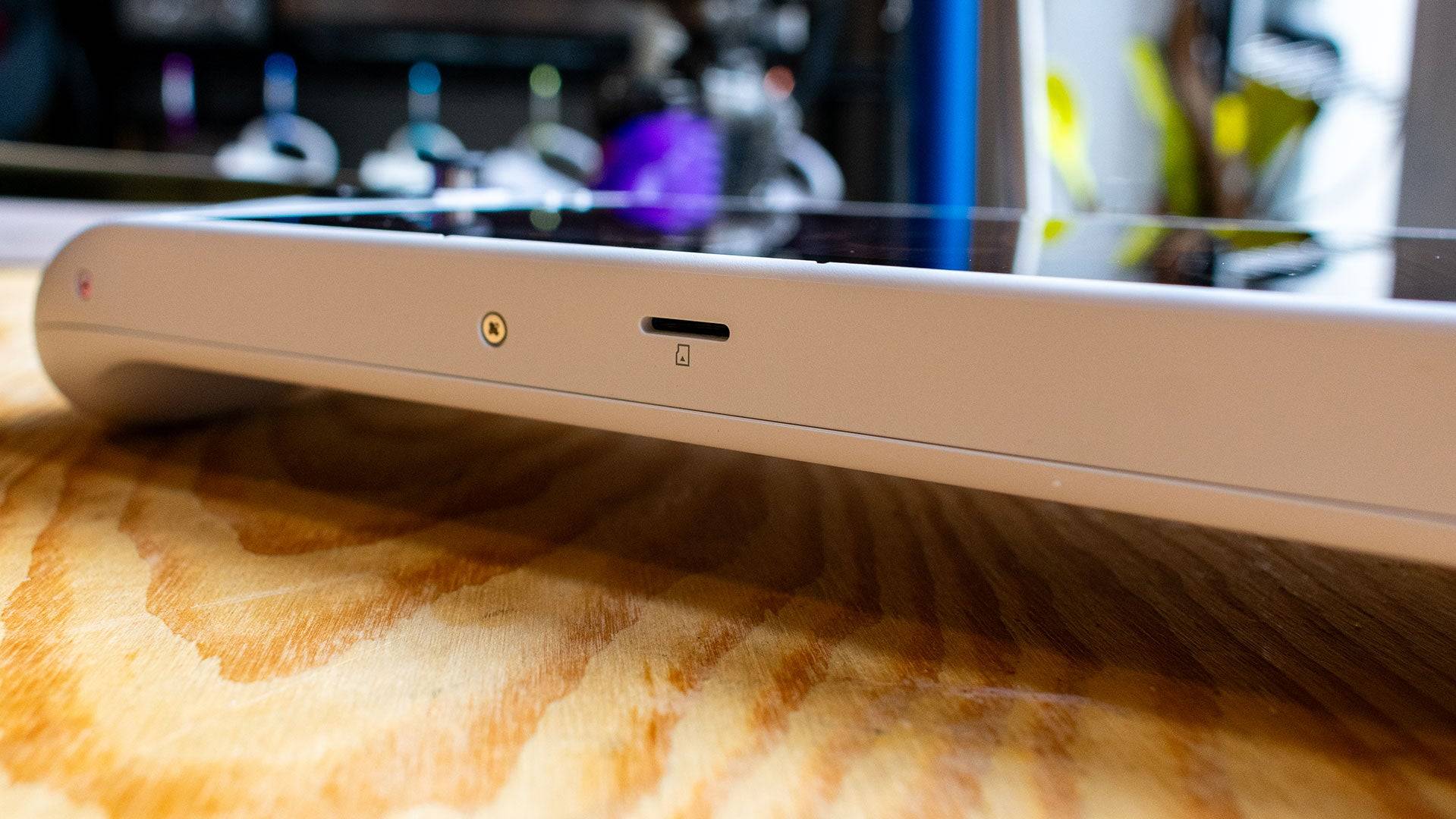


Lenovo Legion Go S – Design
The Lenovo Legion Go S resembles the Asus ROG Ally more than its predecessor. Its unibody design replaces the original's complex detachable controllers, resulting in a more user-friendly experience. The rounded edges enhance comfort during extended gaming sessions, partially offsetting the device's considerable weight.
Weighing 1.61 pounds, it's slightly lighter than the original Legion Go (1.88 pounds) but heavier than the Asus ROG Ally X (1.49 pounds). This weight difference, while seemingly minor, becomes noticeable during prolonged use.
This added weight accommodates a remarkably large 8-inch, 1200p IPS display with 500 nits of brightness. Game visuals are stunning, showcasing vibrant colors in titles like Dragon Age: The Veilguard and the more realistic graphics of Horizon Forbidden West. The display is arguably one of the best in a handheld gaming PC, rivaled only by the Steam Deck OLED.
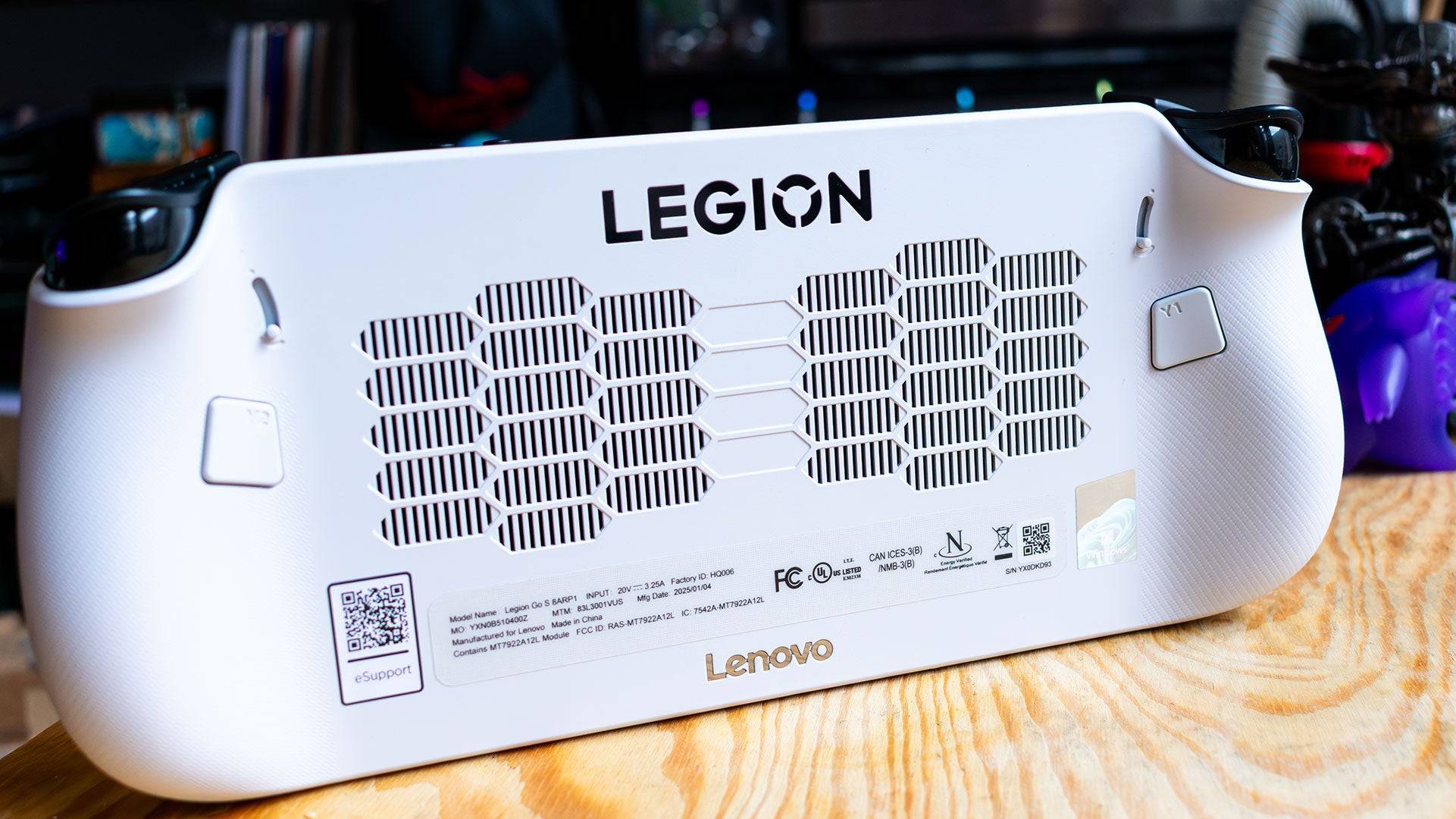
The Legion Go S's design borrows from other handhelds, yet remains visually appealing. It's available in Glacier White and Nebula Nocturne (purple), the latter exclusive to the SteamOS version launching later in 2025. Each joystick features a bright RGB lighting ring, easily customizable via an on-screen menu.
The button layout is more intuitive than the original Legion Go. The "Start" and "Select" buttons have a standard placement, but the inclusion of Lenovo's menu buttons above them occasionally leads to accidental activation of the Legion software. This is a minor learning curve. These Lenovo menu buttons, however, are helpful, providing quick access to system settings, shortcuts like "Alt+F4," and Task Manager.

The touchpad, retained from the original but significantly smaller, facilitates mouse input. Its small size, surrounded by ample empty space, makes Windows navigation slightly less convenient than on the original Legion Go, which benefited from a mouse wheel under the right trigger. This will be less of an issue with the SteamOS version, designed for controller navigation.
The left-side button accesses LegionSpace, a software hub for system management, driver updates, and game library organization. The rear features programmable paddle buttons with increased click resistance compared to the original, minimizing accidental presses. Adjustable triggers offer two settings: full travel and minimal movement.
The top houses two USB 4 ports for charging and peripherals, while the bottom features a centrally located MicroSD card slot, an unusual placement potentially hindering dock usage.
Purchasing Guide
The reviewed Lenovo Legion Go S (available February 14th, $729.99) includes a Z2 Go APU, 32GB LPDDR5 RAM, and a 1TB SSD. A more affordable configuration (16GB RAM, 512GB SSD) will be released in May for $599.99.
Lenovo Legion Go S – Performance
The Lenovo Legion Go S utilizes the new AMD Z2 Go APU, making direct comparisons difficult. Its specifications reveal that it won't be a top performer. The Z2 Go, a Zen 3 processor (4 cores, 8 threads) paired with an RDNA 2 GPU (12 cores), uses older technology for a 2025 launch. This explains its performance lag compared to the $699 Legion Go and $799 Asus ROG Ally X.
The Legion Go S features a slightly larger 55Whr battery than the original Legion Go, yet its PCMark10 battery life is 4 hours and 29 minutes, shorter than the original's 4 hours and 53 minutes. This is likely due to the less efficient Zen 3 CPU architecture.

3DMark benchmarks highlight the performance gap. The Legion Go S scores 2,179 points in Time Spy, compared to 2,775 for the Legion Go and 3,346 for the ROG Ally X—a 12% deficit against the Legion Go and a 35% shortfall against the Ally X. Fire Strike results show a similar 14% performance difference.
Game performance is slightly better. Hitman: World of Assassination runs slightly faster (41 fps vs. 39 fps), but Total War: Warhammer 3 shows a 10% performance decrease (22 fps vs. 24 fps) at 1080p Ultra. Cyberpunk 2077 (Ultra preset, Balanced FSR at 1080p) manages 21 fps, improving to 41 fps with Medium settings and Performance FSR.
Horizon Forbidden West proved problematic, exhibiting significant stuttering even at low settings and 1080p. The Legion Go S excels in less demanding games, showcasing smooth performance and stunning visuals in titles like Persona 5.
Wait, It’s More Expensive?
The Lenovo Legion Go S, equipped with the weaker AMD Z2 Go APU, smaller size, and simplified design, surprisingly costs more ($729) than the Legion Go ($699). This is explained by its 32GB LPDDR5 RAM and 1TB SSD—more memory than the Asus ROG Ally X. However, this is less beneficial with the weaker Z2 Go GPU. The 6,400MHz memory is slower than the Legion Go's 7,500MHz, resulting in lower memory bandwidth. Allocating more memory to the frame buffer (e.g., 8GB) can improve performance (21 fps to 28 fps in Cyberpunk 2077), but requires BIOS adjustments not detailed in the user guide.
Handheld gaming PCs inherently have limitations. While capable of running AAA games, higher settings significantly impact frame rates. The 32GB RAM is excessive unless using the device for tasks like Photoshop. The $599 16GB RAM configuration, releasing in May, offers better value.
AnswerSee ResultsThe initial Lenovo Legion Go S configuration is overpriced due to its excessive RAM. The cheaper May release, however, makes it a strong contender in the handheld gaming market.
Latest News
more >-
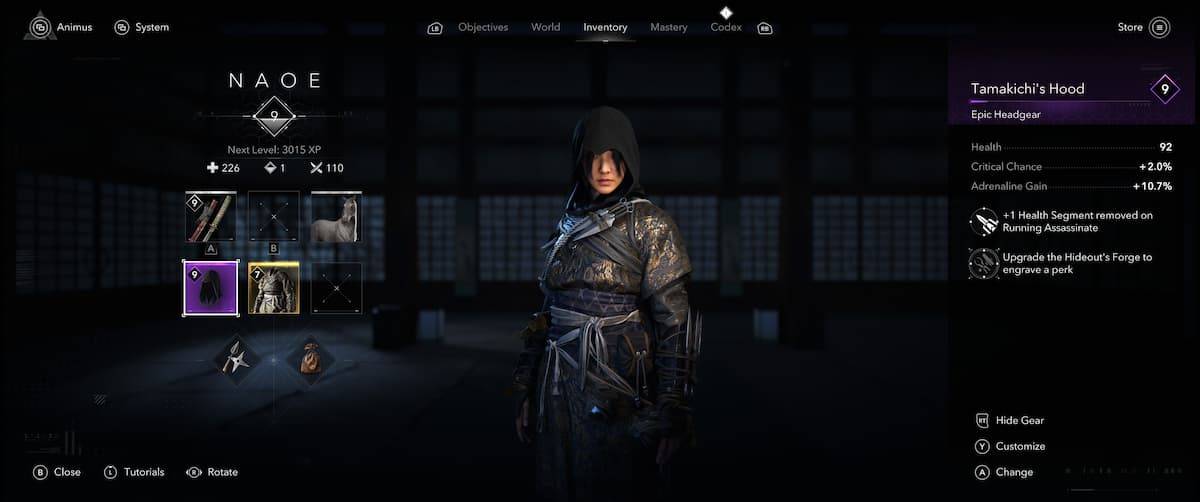
-
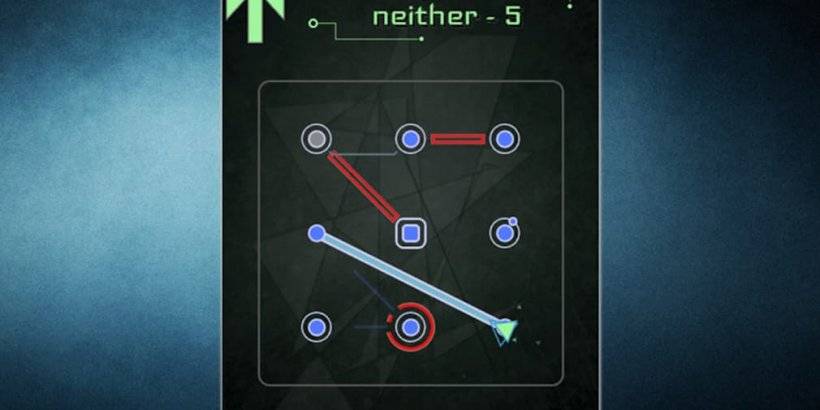
-

- Devs Revamp REPO's Overcharge & Scaling
- Jan 02,2026
-

-

- Final Fantasy 7 Rebirth PC pre-orders begin
- Jan 01,2026
